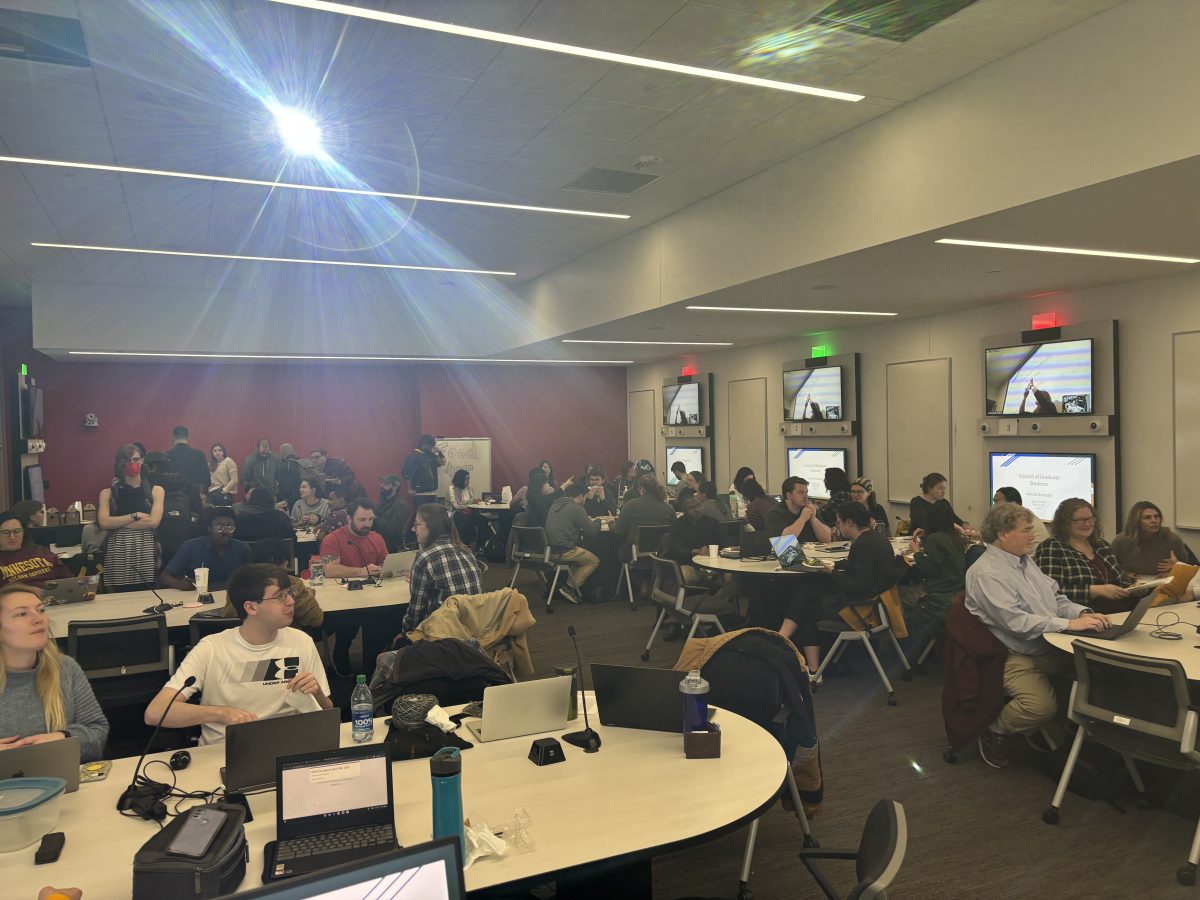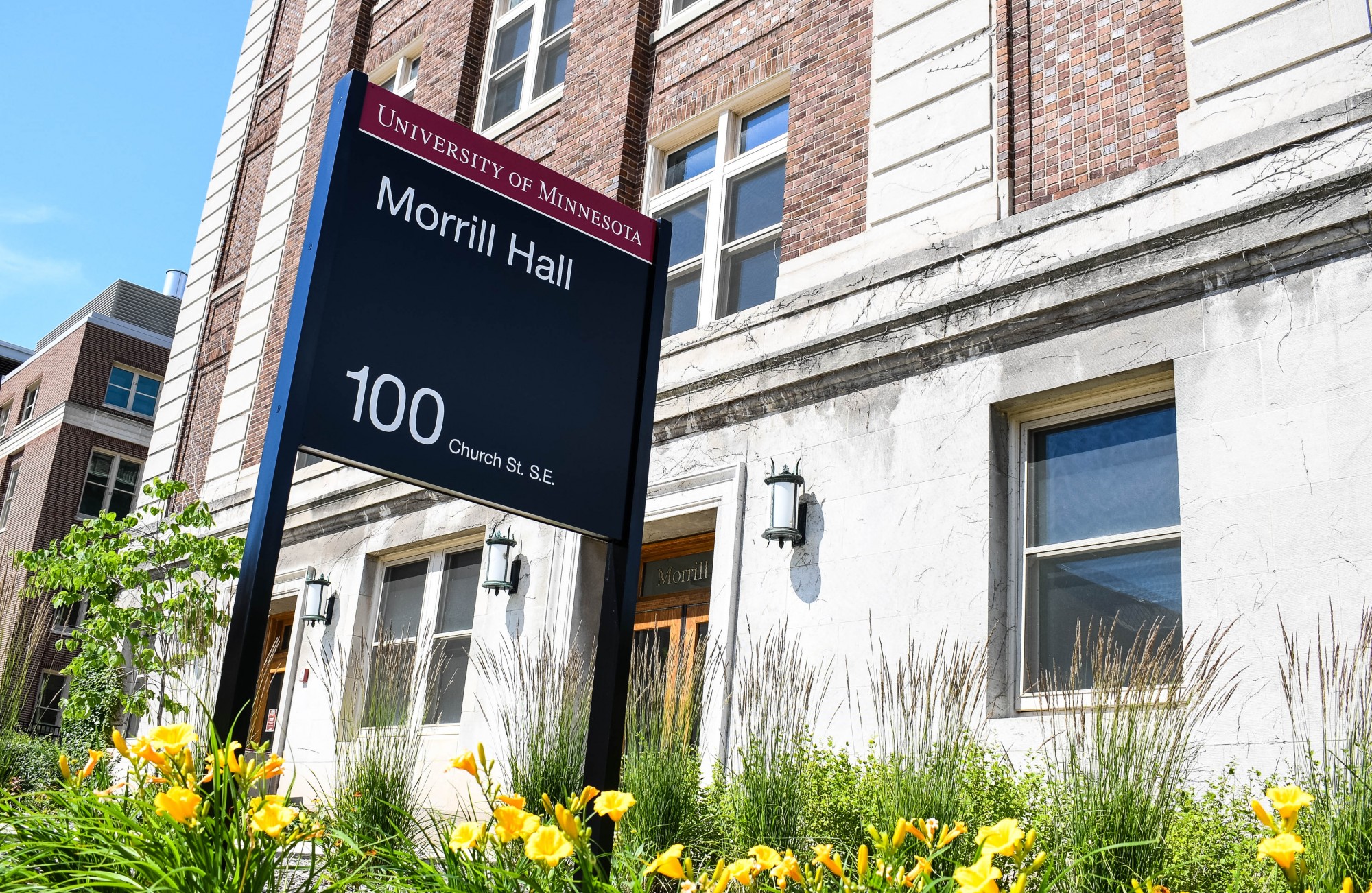The Board of Regents met briefly on June 26 to approve the University of Minnesota’s annual operating budget for the upcoming fiscal year.
The meeting was brief and without incident. After just 20 minutes of discussion, the Board voted 11-0, with Penny Wheeler absent, to approve another 3.5% tuition hike for Twin Cities and Rochester students and a 1% tuition hike for students at all other campuses.
While senior administrators patted themselves on the back for keeping the increases below nationwide inflation, inflation in the Twin Cities is significantly lower than in other parts of the country, down to just 1.8% in May.
Despite impassioned appearances from members of the University community at the June 8 public forum, Vice President Julie Tonneson was quick to reassure the Board that no substantive changes had been made in the interim. “There are two corrections,” Tonneson said. “They are minor and they have not changed any of the substance of our recommendations.”
Despite some concerns from the Board about raises in tuition, it was clear that the real decisions had already been made.
“I’m hoping that over the next year … we can bring those costs down for students,” said Regent Robyn Gulley.
In other words, it’s too late to do anything about it now.
While the overall framework remained the same, Tonneson’s assurances to Regent Kodi Verhalen on the subject of the ethnic and gender studies deparment’s budget revealed the extent to which senior leadership engages with college-level issues.
“[CLA] had to help us understand their internal decision-making process within the college, and our understanding is… there will be no budget reduction in the departments [CLA leadership] has listed,” Tonneson said.
It should be noted that CLA at large continues to face budget cuts, There are certainly reasons why a more decentralized budget model that keeps the Board out of day-to-day decisions about funding for individual units or departments might be advantageous.
One need only look at the way appointments to university boards have been politicized of late — most notoriously at Florida’s New College, where Governor Ron DeSantis has effectively placed the board of trustees under his direct control — to see the hazards of political micromanagement of a university’s affairs.
Local fans of DeSantis and his anti-woke crusade, meanwhile, would do well to remember that in Democrat-controlled states like Minnesota, the shoe could easily end up on the other foot. Top-level intervention into department-level funding is, for now, the exception rather than the rule.
But even that is not set in stone.
That said, the current model at the University seems to be purpose-built for buck-passing.
Departments are at the mercy of their colleges, which are stuck with fixed fractions of the pool of unrestricted funds — tuition and state money without strings attached — corresponding to their number of enrolled students. Tonneson and her staff set the size of this pool by playing with “levers” like tuition, compensation and so on. They pass off final approval to the Board, which, presented with no alternative, bemoans the limited state support and votes to approve it, just in time for the whole cycle to start again for the next academic year.
“When USG has dug for answers, we’ve come up with a good idea of all of the variables that change during the budget process,” said Undergraduate Student Government President Shashank Murali and Vice President Sara Davis in an email statement. “But, fundamentally, what all students need from the University is a clear answer to the question, ‘Where does our tuition go?'”
Can we kick the habit?
One fix, at least to cover matters of internal allocation, could be to fund colleges and departments based on how many credits they have students enrolled in. In other words, a CBS student taking mostly classes in CSE for a semester would add greater weight to CSE’s column.
More transparency in decision-making would also offer a view into how things like tuition increases are decided on.
However, this fails to address the bigger elephants in the room.
Increased contribution from the state is often touted as a solution. Why has this not been forthcoming?
One could argue that, in some ways, it already is, with the state moving to expand access to tuition-free education in the coming term to students from families making less than $80,000 a year, as well as to Native American students.
More controversial is the argument that other institutions need the money more or will use it more wisely.
The idea that Minnesota State, or the numerous tribal colleges across the state, could wring more benefit out of each state dollar than the University is anathema in these conversations. Nevertheless, it is a view that should be given more credence given that the University has struggled with budget shortfalls while continuing with non-essential land purchases.
Back in late April, former CLA Dean John Coleman estimated CLA’s shortfall for the coming year at about $1 million after deducting money that was not being regularly spent. This will almost certainly equate to lost jobs for adjunct faculty and graduate assistants and a worse educational experience for the students who will lose out on course offerings or section options.
Meanwhile, the purchase of $3 million worth of farmland in Mower County for the FAARM project was approved in the Board’s consent report for May, with no further purpose attached and no substantive questions asked.
There are procedural changes that can be made to help address the issue of allocating funds between units. These should be assessed and implemented if they will provide the desired effects.
That being said, there is a more fundamental issue at hand. The University continues to prioritize pet projects over the needs of students, faculty and staff.
If the Board is truly dedicated to addressing these needs, they need to take charge. The administration won’t do it for them.



















